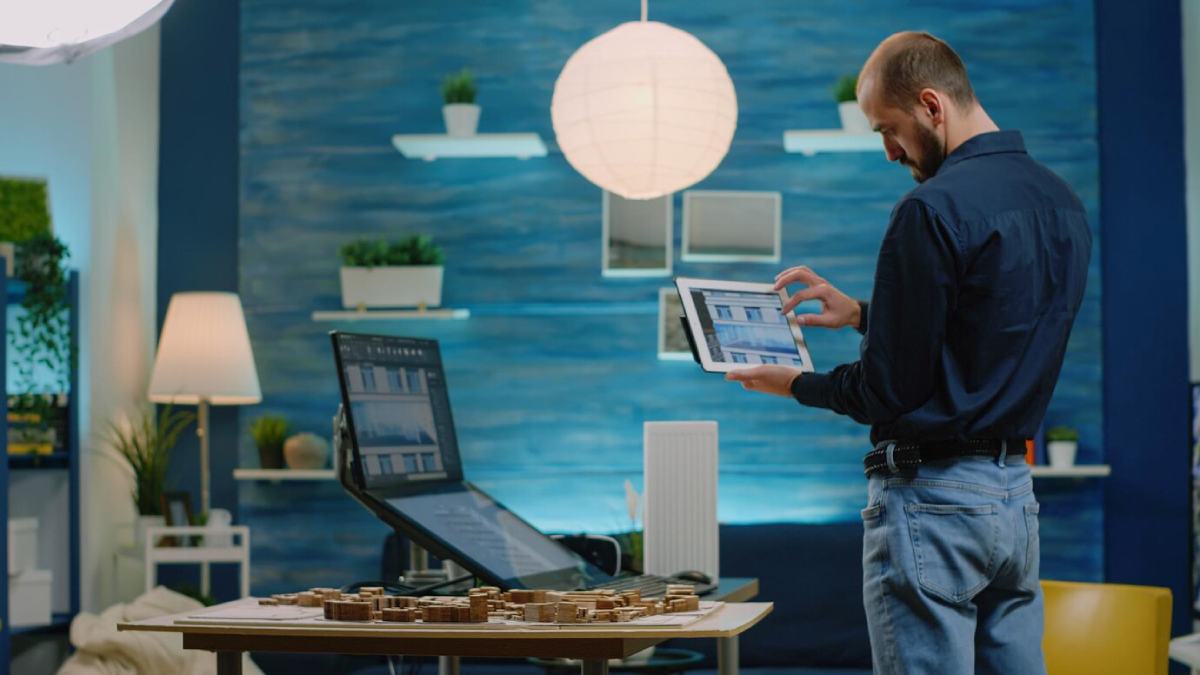
Property Flipping Trends for 2025: Risks & Rewards
Property flipping has long been a favourite strategy for investors looking to make quick profits in real estate. You buy a property at a low price, update or improve it, and sell it for a profit. But as we move into 2025, the house-flipping game is changing fast. Investing in property today is not what it was five years ago. Rising interest rates, market changes, green building incentives, and new buyer expectations all contribute.
This guide explores house flipping as we know it today, shares key property investment trends for 2025, and weighs the risks and rewards of flipping houses now. Whether you’re an experienced flipper or new to the game, this post offers tips to help you make wise choices.
Understanding House Flipping in 2025
What Is House Flipping?
House flipping is when people buy homes, fix them, and sell them for more money. The profit is typically generated through the value added during the renovation process and favourable market appreciation.
Types of Flips:
- Cosmetic Flips: Involve superficial changes like painting, flooring, or kitchen updates.
- Structural Flips: Require significant changes like extensions, plumbing, or roofing.
Why 2025 Feels Different
Several macroeconomic and societal trends are shaping the house-flipping environment in 2025:
- Rising interest rates are cooling buyer demand.
- Sustainability incentives are creating new value-added opportunities.
- Remote work is changing the geography of desirable properties.
- Labour and material costs remain volatile post-pandemic.
These factors demand a more strategic, data-driven approach to property investment than ever before.

Key Property Flipping Trends in 2025
1. Green and Sustainable Renovations
Buyers in 2025 are more eco-conscious, and regulations are pushing sustainability. Energy efficiency upgrades and green certifications are not just trendy but increasingly expected.
Popular green upgrades:
- Solar panel installations
- Heat pumps instead of boilers
- Triple-glazed windows
- EV charging points
Stat Insight: According to Savills, homes with energy efficiency ratings of A or B now sell for 10% more on average than their less efficient counterparts.
2. Tech Integration in Renovations
Smart home technology is now a valuable differentiator. Including IoT features such as smart thermostats, lighting systems, and security features can increase a property’s market value.
What buyers want in 2025:
- Smart doorbells and security systems
- Automated lighting and blinds
- Integrated voice assistants (e.g., Alexa, Google Home)
3. The Rise of Suburban and Rural Opportunities
Many homebuyers are leaving city centres, and hybrid and remote work is becoming the norm. This decentralisation is making outer boroughs and rural locations prime flipping markets.
Examples of emerging hotspots:
- East Midlands and Yorkshire villages
- Welsh countryside retreats
- Outskirts of commuter towns like Reading and Milton Keynes
4. Modular and Prefab Solutions
Prefabricated and modular extensions are gaining popularity among flippers looking to maximise space quickly. These techniques reduce construction time and cost while maintaining quality.
Benefits include:
- Reduced labour needs
- Faster project timelines
- Predictable costs and quality control
5. Data-Driven Property Investment Decisions
Successful flippers in 2025 will increasingly rely on data analytics tools to make smarter investment choices. From gauging local demand to predicting renovation ROI, tech is indispensable.
Tools to explore:
- PropertyData for local market insights
- Zoopla’s developer platform
- Rightmove for trend tracking
The Rewards of House Flipping
House flipping can deliver impressive financial returns and personal satisfaction when done right. Here are some of the main rewards in today’s market.
1. High Return on Investment (ROI)
Even with rising costs, targeted renovations in the right area can yield strong ROI. According to Hamptons International, average gross profits in 2024 hovered around £48,000 per flip in the UK.
2. Quick Turnaround
Compared to buy-to-let investments, flipping offers a shorter profit cycle. Many flips are completed within 3–6 months, allowing reinvestment within the same year.
3. Creative Fulfilment
Property flipping isn’t just about numbers. Many flippers enjoy the creativity involved—designing interiors, solving problems, and returning a tired property to life.
4. Market Agility
House flipping allows you to react more quickly to market trends than long-term rental investments. This flexibility can be especially beneficial in volatile economic periods.

Risks of Property Flipping in 2025
Despite its appeal, flipping houses carries substantial risks. Understanding these is key to avoiding costly mistakes.
1. Market Volatility
With inflation and interest rates fluctuating, housing demand can shift rapidly. This affects selling timelines and achievable sale prices.
Mitigation strategy: Always have a Plan B, such as renting the property out if it doesn’t sell quickly.
2. Cost Overruns
Renovation budgets often exceed initial estimates due to unforeseen structural problems or regulatory delays.
Add a 15–20% contingency buffer to your renovation budget.
3. Regulatory Hurdles
Planning permissions, building code compliance, and sustainability mandates can delay projects or increase costs.
Stay compliant by:
- Consulting with local planning authorities early
- Hiring experienced contractors
- Staying updated with Part L and EPC requirements
4. Liquidity Risk
Flipping requires significant upfront capital. If a project stalls or fails to sell, your money may be tied up for longer than expected.
5. Tax Implications
Profits from flipping are considered income, not capital gains, and are taxed accordingly. Sometimes, you may also be liable for VAT on particular renovations.
How to Succeed in Flipping Property in 2025
Conduct Thorough Market Research
Don’t rely on national headlines—real estate is local—research specific postcodes to understand local buyer demographics and track sale price trends.
Key questions to ask:
- What types of properties are in demand?
- How quickly do homes sell in the area?
- What amenities or features are driving value?
Build a Reliable Team
Flipping is rarely a solo endeavour. Surround yourself with dependable professionals:
- General contractor
- Structural engineer
- Estate agent
- Solicitor or conveyancer
Secure Competitive Financing
Compare multiple funding sources, from bridging loans and development finance to private investors.
Consider:
- Interest rates
- Exit fees
- Speed of funds release
Focus on Smart Renovations
Over-renovating can kill profits. Instead, prioritise changes that deliver the highest ROI.
Top value-adding upgrades:
- Kitchen remodels
- Open-plan living spaces
- Loft conversions
- Garden Landscaping
Plan for Different Exit Strategies
Be prepared for both best-case and worst-case scenarios.
Options include:
- Sell at a profit
- Rent it out
- Use it as a holiday let

Navigating the Flipping Landscape in 2025
Flipping houses in 2025 offers exciting opportunities but also plenty of challenges. The market has matured, and while there is still money to be made, new-found success now revolves around a far more analytical and adaptable approach than ever before. Sustainability, leveraging data, and understanding buyer preferences can set you apart.
If you want to succeed as a flipper in the current property market, stay on the cutting edge of knowledge, reinforce your team, and inject risk-reducing measures at every stage. This strategy can lead to profitable investments.
Ready to flip your first property or optimise your next deal? Dive into your local market, crunch the numbers, and start building wealth—one flip at a time.


